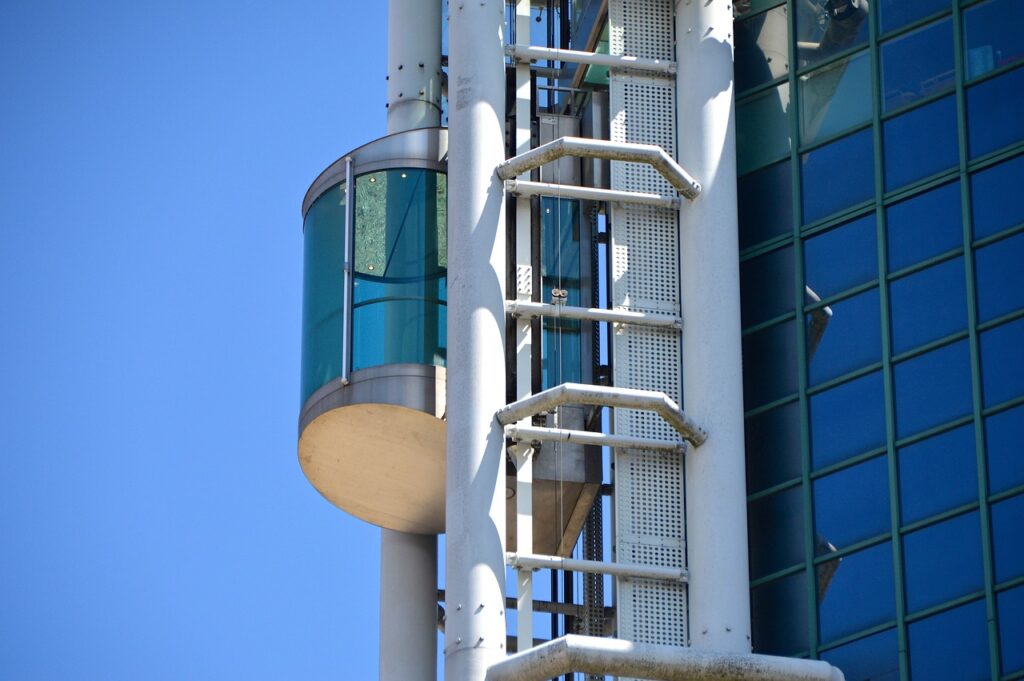Acceleration forms a core part of mechanics, where it is defined as the rate of change of velocity with respect to time. Acceleration not only helps in describing how objects speed up, slow down, or change direction, but it also provides insights into the forces acting upon objects.
Definition of Acceleration :-
Acceleration is a vector quantity, meaning it has both magnitude and direction. It describes how an object’s velocity changes over a specific period. When an object’s velocity increases, it is said to have positive acceleration. on the other hand, when the velocity decreases, the object experiences negative acceleration, called as deceleration or retardation.
The formula for acceleration a is: a = Δv / Δt
where:
Δv is the change in velocity, and
Δt is the time over which this change occurs.
The SI unit of acceleration is meters per second square (m/s2), indicating how much the velocity changes per second.
Types of Acceleration :-
There are four types of acceleration, each depending on the nature of the motion.
1.Uniform Acceleration: When an object’s velocity changes by equal amounts in equal intervals of time, it termed as uniform acceleration. Acceleration due to gravity, where an object near the Earth’s surface falls with an approximately constant acceleration of 9.8 m/s2.
2. Non-Uniform Acceleration: When the rate of velocity change is not consistent, the object undergoes non-uniform acceleration. A car accelerating in city traffic experiences varying rates of acceleration as it speeds up and slows down.
3. Centripetal Acceleration: Acceleration due to circular motion. Even, if the speed ofly, leading to an acceleration directed towards the center of the circle. Centripetal acceleration is given by:
ac = v2 / r
where v is the velocity and r is the radius of the circular path. an object remains constant, the direction of velocity changes continuous
4. Tangential Acceleration: In circular motion, if the speed of the object changes along the circular path, it experiences tangential acceleration. This acceleration is tangent to the circular path and represents the rate of change of speed.
Equations of Motion for Uniformly Accelerated Motion
For uniformly accelerated motion, the following equations are fundamental:
1.V = u + at
2. s = ut + 1 / 2at2
3.v2 = u2 + 2as
where:
u is the initial velocity,
v is the final velocity,
a is the acceleration,
t is the time, and
s is the displacement.
These equations allow us to calculate different parameters of an object’s motion under uniform acceleration, such as final velocity, time taken, displacement etc
Graphical Representation of Acceleration :-
Graphs are useful tools to visualise acceleration. A velocity-time graph, shows how velocity changes with time. The slope of the velocity-time graph represents acceleration. For a straight line (indicating uniform acceleration), the slope is constant. A curved line, however, indicates non-uniform acceleration. The area under the velocity-time graph gives the displacement of the object.
Applications of Acceleration :-
1.Vehicle Dynamics: Acceleration is vital in automotive engineering. Vehicles are designed with considerations of how quickly they can accelerate or decelerate, which is important for safety and performance.
2. Sports Science: Acceleration is essential in sports to measure and improve athletes’ performance, especially in activities that require sudden bursts of speed, like sprinting or jumping.
3. Astronomy and Space Science: Celestial objects show acceleration due to gravitational forces. This is important for calculating orbits and space missions, where specific accelerations need to be achieved to navigate spacecraft.
4. Everyday Life: Many aspects of daily life involve acceleration. Elevators, roller coasters, and even simple activities like riding a bicycle involve concepts of acceleration.

Negative Acceleration (Deceleration) :-
Negative acceleration, or deceleration, occurs when an object slows down. This is particularly important in understanding braking mechanisms in vehicles. In physics, negative acceleration does not mean the object is moving backward; rather, it means the velocity is decreasing in magnitude.
Acceleration Due to Gravity :-
Near the Earth’s surface, all objects experience a constant acceleration due to gravity, denoted as g, which is approximately 9.8 m/s2. This gravitational acceleration is responsible for the free-fall motion of objects when they are dropped from a height, making them accelerate towards the Earth at this constant rate.

Note :-
Acceleration gives us imminent forces and energy involved in motion. From everyday scenarios to complex scientific applications, acceleration remains a key aspect of how objects move and interact in the physical world.
Acceleration is the rate at which an object’s velocity changes over time. It is a vector quantity, meaning it has both magnitude and direction. Positive acceleration increases velocity and negative acceleration decreases it.
The basic formula for acceleration (a) is:
a = Δv / Δt
where Δv is the change in velocity and Δt is the time interval during which the change occurs. Its SI unit is meters per second squared (m/s2).
Main types of acceleration are:-
Uniform Acceleration: Constant acceleration over time, like free-falling objects near Earth.
Non-Uniform Acceleration: Varying acceleration over time, like a car speeding up or slowing down in traffic.
Centripetal Acceleration: Acceleration directed toward the center of a circular path.
Tangential Acceleration: Acceleration along the tangent in circular motion when speed changes.
Velocity describes the speed and direction of an object’s motion, and acceleration describes how quickly that velocity changes over time. In other words, acceleration is the rate of change of velocity.
Acceleration due to gravity (g) is a constant rate at which objects accelerate towards Earth when in free fall, approximately 9.8 m/s2. This value is vital in calculating the motion of falling objects.
In a velocity-time graph, the slope represents acceleration. A straight line indicates constant (uniform) acceleration, while a curve suggests non-uniform acceleration. The area under the graph gives the object’s displacement.
The key equations of motion for uniform acceleration are:
1. V = u + at
2. s = ut + 1 / 2at2
3. v2 = u2 + 2as